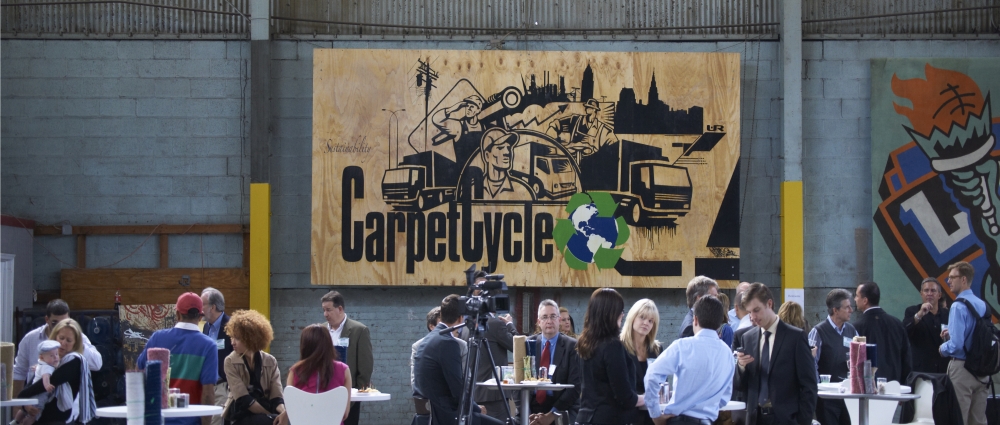News & Stories
Can These Blue Bags Help Chicago Boost Its Sad Recycling Rate
DOWNTOWN - The Department of Streets and Sanitation is turning to the buddy system in its latest effort to boost particpation in the city's recycling program.
As part of a pilot program, a "blue cart buddy" bag will show up at 5,000 households on the West and Northwest sides over the next few weeks, accompanied by an explanatory letter and postcad.

The resusable soft-sided plastic bag is designed to tackle what Streets & San has identified as one of the biggest obstacles to recycling - getting items from the kitchen to the cart, according to Chris Sauve, the department's director of recycling. Of the nearly million tons of trash created by Chicagoans per year, only 10 percent of it gets recycled and kept out of landfills. And those numbers have been getting worse.
In early 2016, Street & San began enforcing bagless recycling policy, requiring residents to place recyclables loosely in the blue carts, not contained in plastic bags, as commonly practiced.
"The bagless change was huge, it really skewed the numbers, " Sauve said.
People who previously had been recycling the appropriate items - but in plastic bags - were now being tagged with orange "contamination" stickers, and frustration ran high, he said.
The conundrum facing Streets & San : "How can you course - correct behavior? " Sauve said.
The byddt bag comes printed on one side with some basic recycling do's and don't's, including no-nos like pizza boxes and shredded paper, which are among the most common contaminants.
"We're marking a few things we want you to put in, and a few things we don't, which should help eliminate some of the guesswork, Sauve said.
On the other side, the bag is printed with step-by-step instructions of how to use it: keep it somewhere handy; fill it with recyclables; when full, empty the items into the blue cart. Repeat.
"It's a means of getting to people and asking them to participate correctly," Sauve said.
To determine the buddy bag's effectiveness, Streets & San will track the number of carts being tagged with orange contamination stickers - these carts are later picked up as trash, not recycling.
A second pilot program is aimed at residents of the city's Southeast Side, where the recycling rate is notable low.
" The thing we heard from Waste Management is that carts are sitting there not being used at all," Sauve said. "So what are we doing wrong?"
In the coming weeks, Streets & San will blitz residents with educational materials, including knocking on doors, to get more people using their carts.
The department is in the midst of running collection routes to establish a baseline of participation and contaminated carts.
We'll look at the volume we're collecting....we hope to double the poundage," Sauve said.
In addition to the two pilots already in the works, Streets & San is assessing feedback gathered from a recent series of community meetings, and will follow up with further targeted outreach, he said.
Streets & San completed its citywie rollout of the bluecart recycling program in 2013, serving 600,000 households.
By: Patty Wetli (DNA Info)



